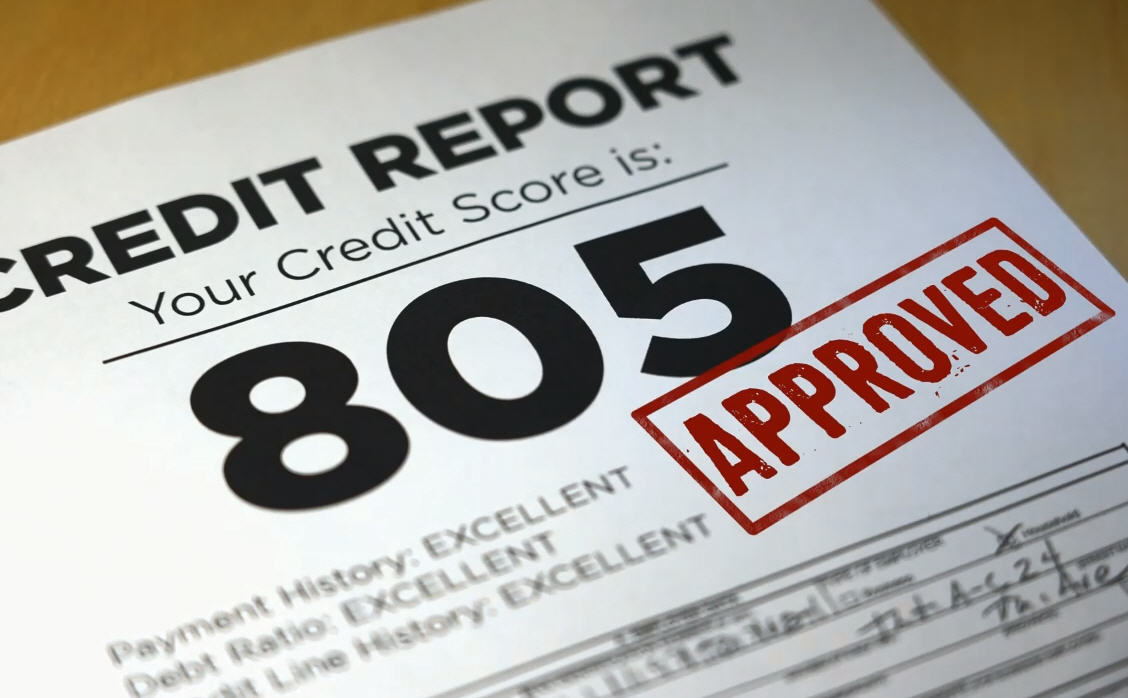Understanding the Home Loan Application Process in the United States: A Guide
Navigating the path to homeownership in the United States can be a daunting process, especially when it comes to securing a home loan. This guide provides an overview of the steps involved, key precautions, strategies for a successful loan application, and answers to common questions to help prospective homeowners through this complex journey.
Steps to Apply for a Home Loan in the U.S.
- Check Your Credit Score: Your credit score is a critical factor in determining your eligibility for a home loan. A higher score can result in more favorable loan terms.
- Determine Your Budget: Analyze your finances to understand how much you can afford to pay for a home, considering your income, debts, and other financial commitments.
- Get Pre-Approved: Loan pre-approval involves a lender evaluating your financial background to determine how much they are willing to lend you. This gives you a clearer budget for house hunting.
- Shop for a Mortgage: Compare offers from multiple lenders, including interest rates, loan terms, and any fees.
- Choose a Loan Type: Decide between fixed-rate, adjustable-rate, FHA loans, and other loan types based on your financial situation and preferences.
- Submit a Loan Application: Along with your application, you’ll need to provide financial documents, such as tax returns, pay stubs, and bank statements.
- Loan Processing and Underwriting: The lender will verify your financial information and assess the property’s value to finalize the loan approval.
- Closing: This final step involves signing a lot of paperwork, paying closing costs, and getting the keys to your new home.
Precautions and Tips for a Successful Loan Application
- Maintain a Strong Credit Score: Pay your bills on time, reduce your debt, and avoid opening new credit accounts before applying for a home loan.
- Save for a Down Payment: A larger down payment can improve your loan terms and reduce your monthly payments.
- Stay Within Your Budget: Don’t be tempted by a loan offer that stretches your financial limits.
- Understand the Fine Print: Be clear on terms regarding interest rates, fees, and penalties.
- Stability is Key: Lenders favor applicants with stable employment and income.
FAQs
- What is the minimum credit score for a home loan?
- It varies by lender and loan type, but a score of 620 is commonly required for conventional loans.
- Can I get a home loan with a low down payment?
- Yes, some loans, like FHA loans, require as little as 3.5% down.
- How long does the loan application process take?
- Typically, 30 to 45 days from application to closing.
- What are closing costs?
- Fees associated with finalizing the loan, usually 2% to 5% of the loan amount.
- Can I negotiate loan terms?
- Yes, you can sometimes negotiate fees or the interest rate, especially if you have multiple offers.
- Do I need a home inspection?
- While not always required by lenders, it’s highly recommended for your protection.
- What is PMI?
- Private Mortgage Insurance, required if your down payment is less than 20% of the home’s value.
- Can I apply for a home loan online?
- Yes, many lenders offer online applications, but be prepared to provide detailed financial information.
- What happens if my loan application is denied?
- The lender must provide a reason, and you can address the issue before reapplying.
- Is it better to choose a fixed-rate or adjustable-rate mortgage?
- It depends on your financial situation and how long you plan to stay in the home. Fixed-rate offers stability, while adjustable-rate can offer lower initial payments.



